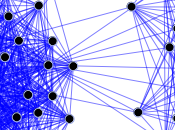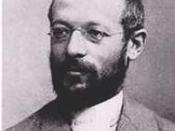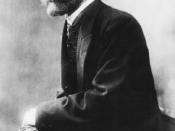Introduction
In this assignment I conduct a life course case study of a seventy-four year old man, Mr. Gambina, in order to find out whether structure or agency has been most influential throughout his life. The agent is the person who actually performs the action, while structure refers to the main structures in society that influence the way the agents act. Most structuralists share a conviction that individual human beings function solely as elements of the (often hidden) social networks to which they belong.
The life course theory emerged in the 1960s out of the need to understand human development as occurring across the life span. This field, which emphasizes how individual lives are socially patterned over time, and the processes by which lives are changed by changing environments. Life-course studies emphasise the importance of epistemology in the study of society. Thus, collecting information on the four interrelated dimensions of the life story: structural, socio-cultural, interpersonal and personal story.
According to Janet Z. Giele and Glen H. Elder, Jr., "Any point in the life span must be viewed dynamically as the consequence of past experience and future expectation," I have tried to keep this in mind while conducting my study and analysis of Mr. Gambina's life span.
Theory
The sociological theory that I shall be taking into consideration is that of C. Wright Mills. Mills' aim was to develop what he called sociological imagination. The sociological imagination, he argued, is an outlook on society that focuses on the intimate connections between larger structural issues (what he called Public Issues) and the daily problems that confront individuals (Personal Troubles). Mills sought to demonstrate how issues of power, ideology and class are tied up with the daily troubles of ordinary individuals. Mills also sought to expose what he saw as the...



Good
Well written, with excellent references cited. A lot of research perform to compose this essay. Good structure and use of the language. Your paper served it purpose.
Well done!
4 out of 5 people found this comment useful.